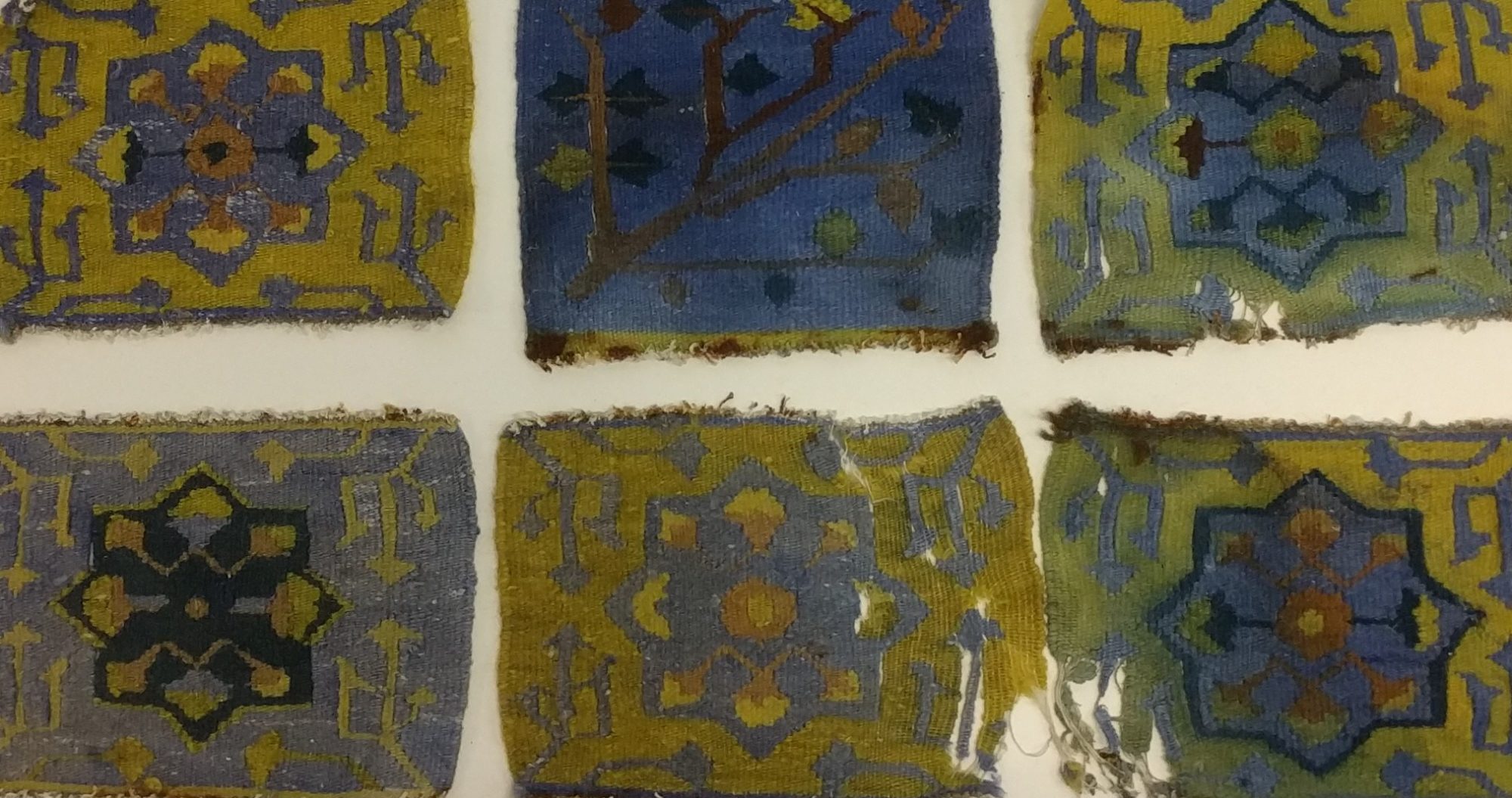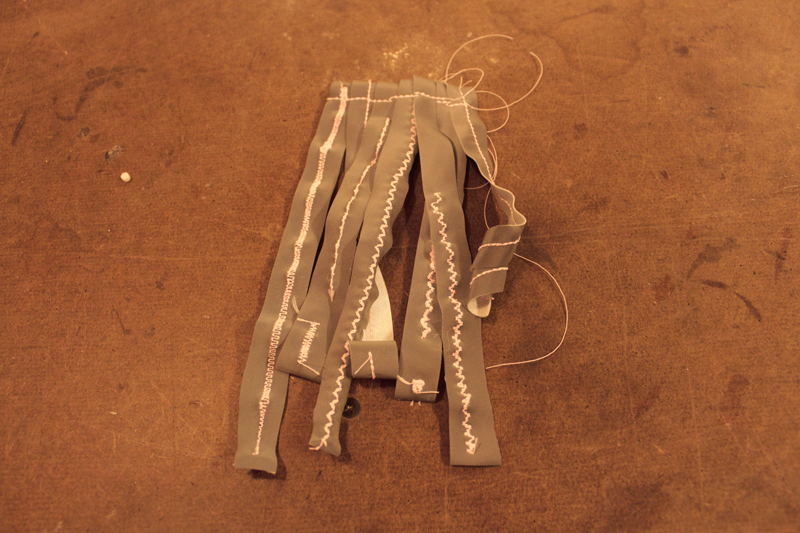
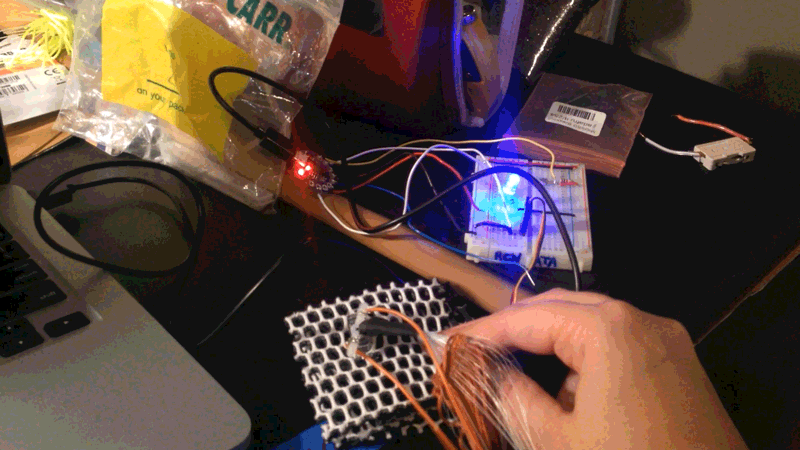
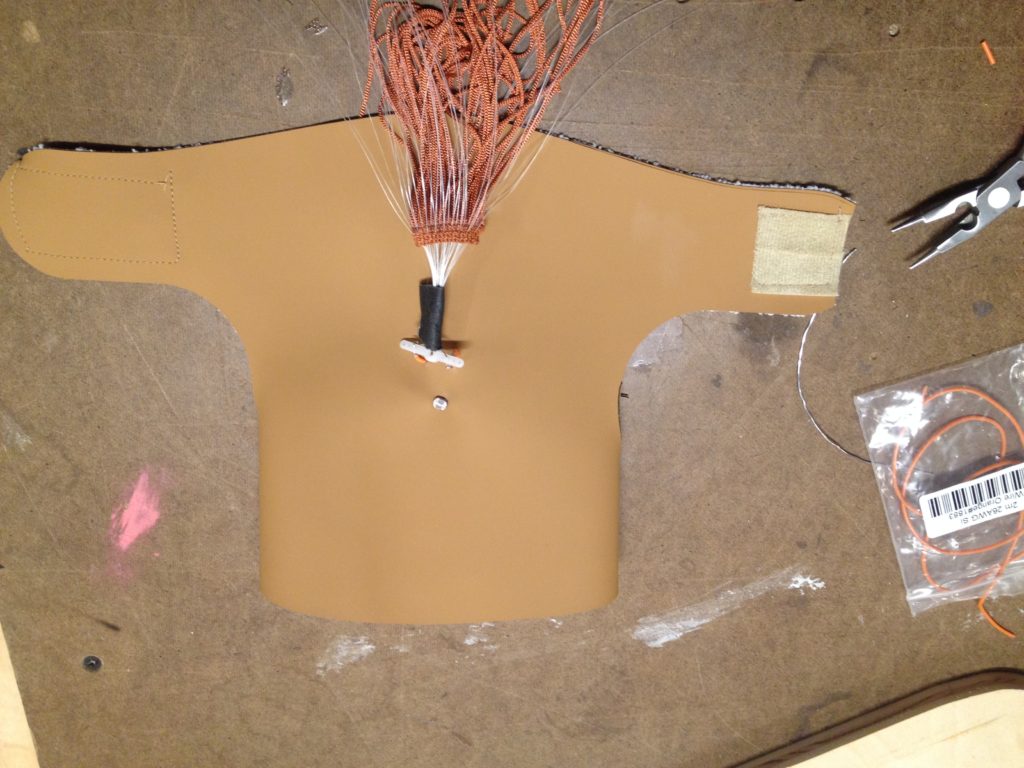
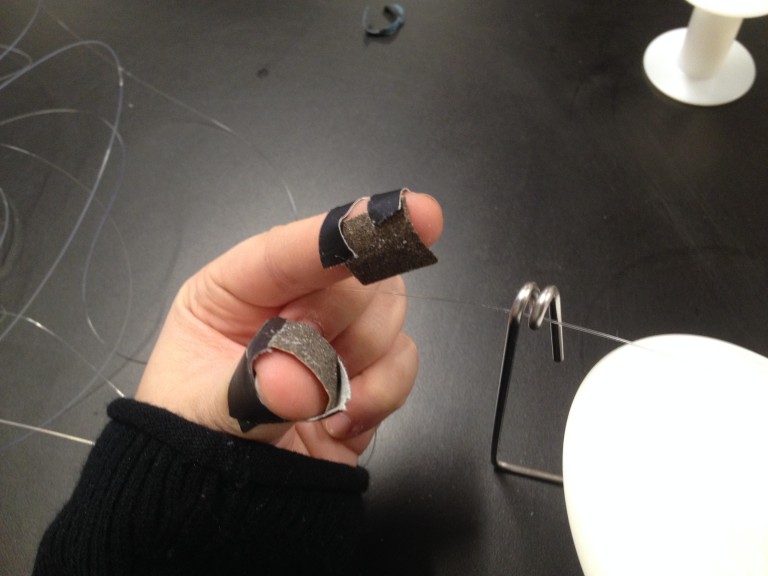
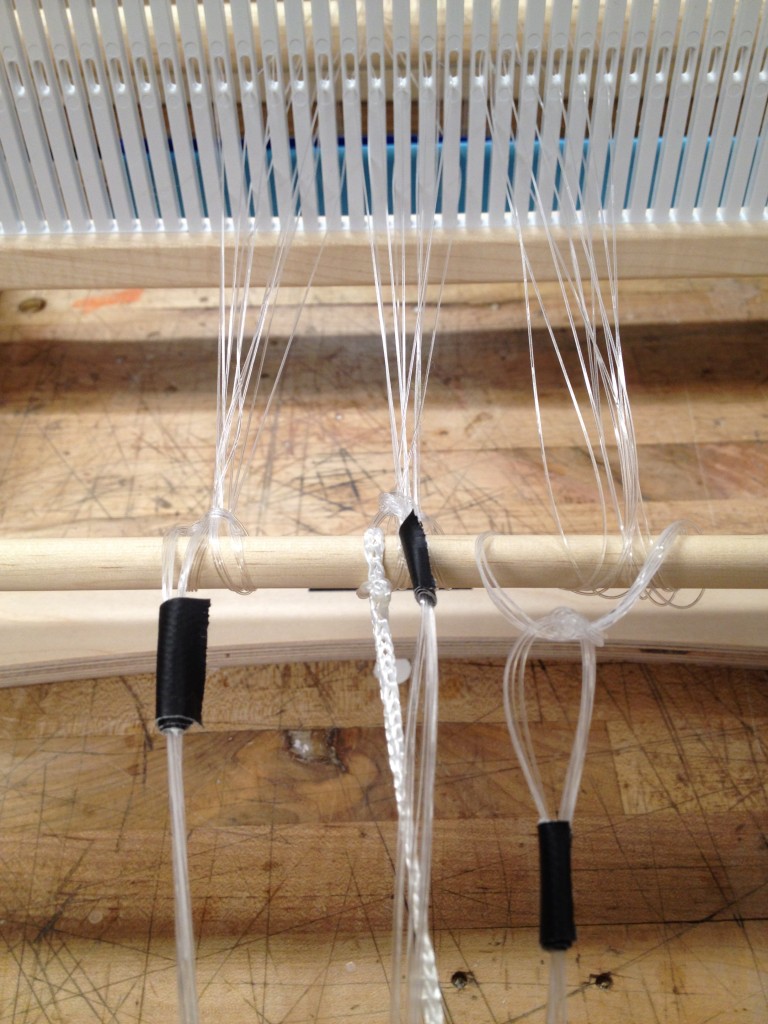
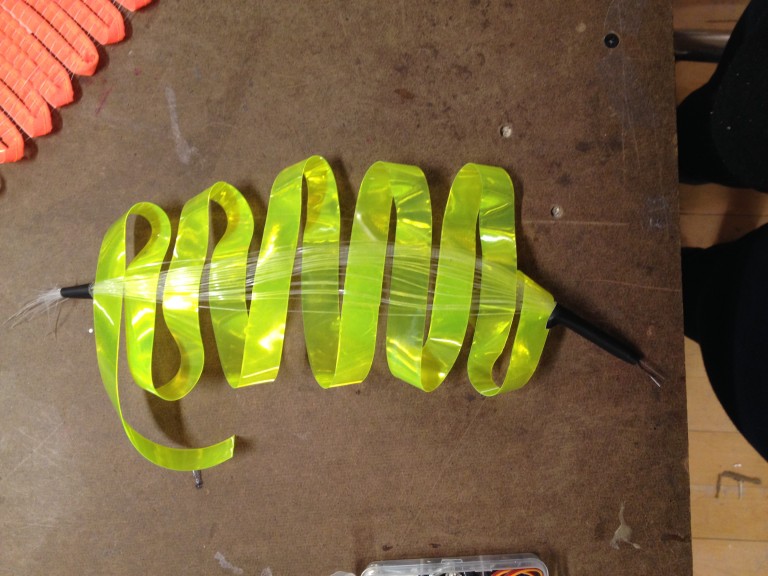
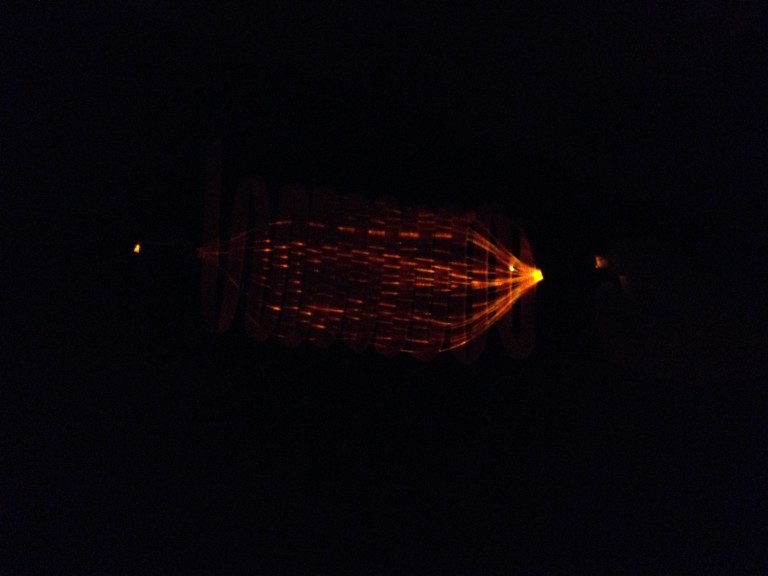
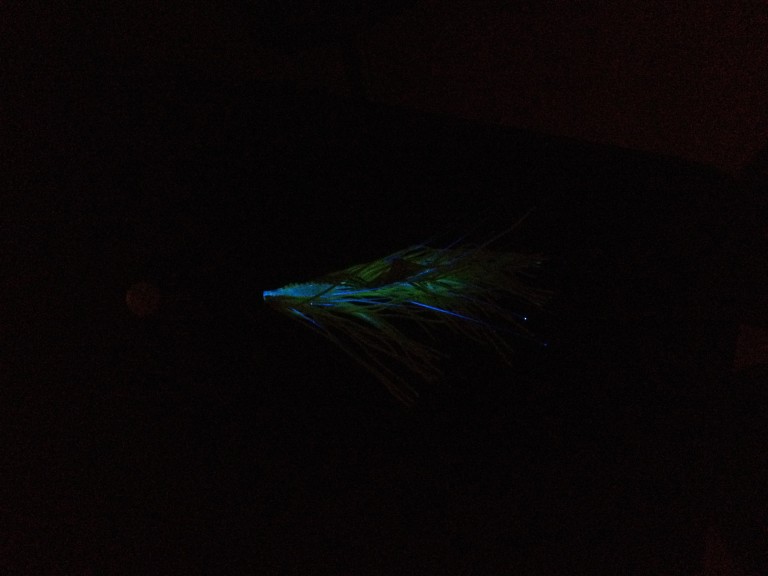
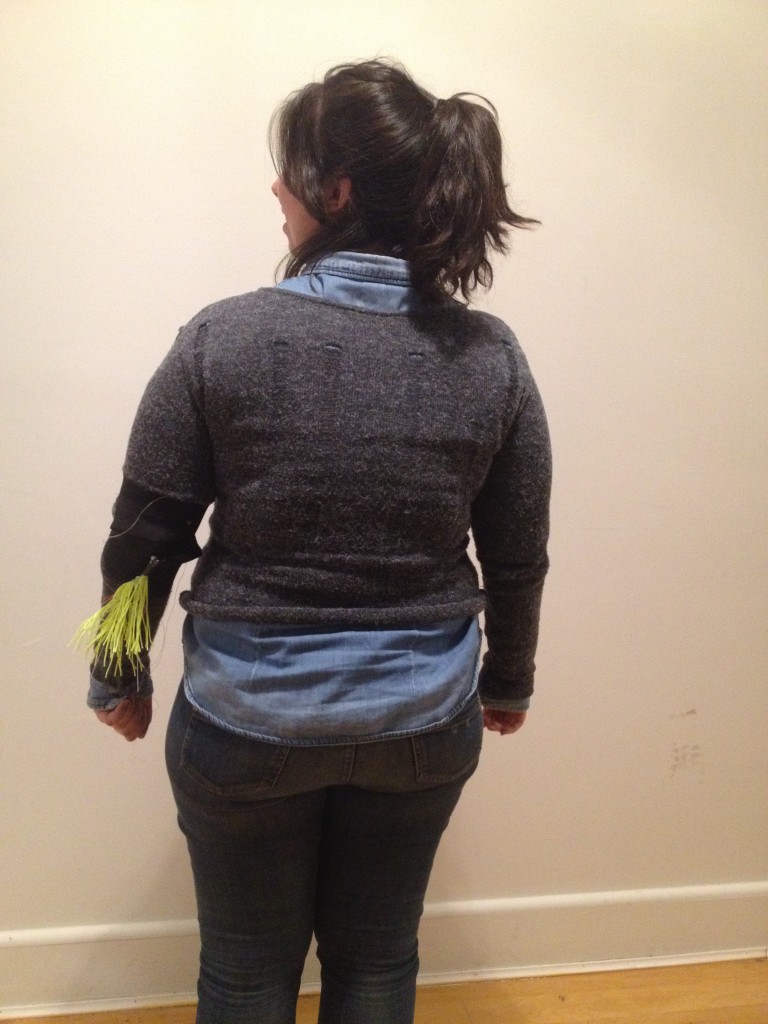
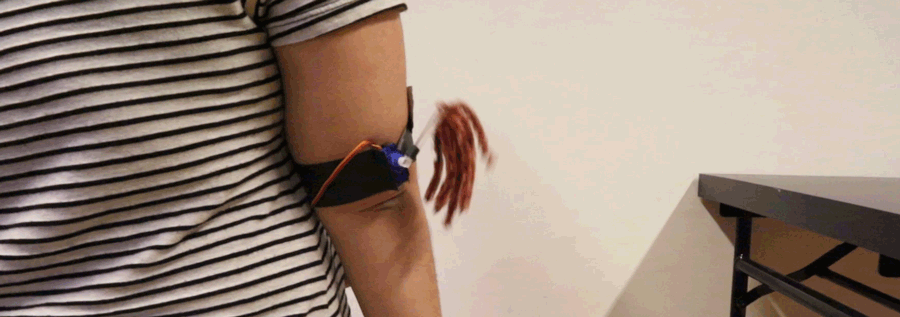
http://www.gauirenata.com/Portfolio/
Renata Gaui is a brazilian creative technologist who has worked as a designer in Rio de Janeiro and New York within creative agencies, collaborating in the design of brand content, strategy, communication design and event production. Currently she is working in different fronts of wearables R&D and her artistic work has been addressing female identity & empowerment.
http://www.gauirenata.com/Portfolio/revolve.html
http://www.gauirenata.com/Portfolio/hysterical-wearable.html
http://www.gauirenata.com/Portfolio/penelope.html
http://www.gauirenata.com/Portfolio/in-the-silence.html
YOUR FAILED PROJECT
During my masters program at ITP/NYU I randomly took a class about wearable technology (which I ended up falling in love with and pursuing a career within it).
The project was done on this class in which we were pushed to follow a very design oriented methodology, thinking about specific target audience & ways of making it feasible.
For this class, I decided I wanted to create a wearable for females who commute biking, making it a piece of empowerment, making users to feel safe and present.
The goal was to create a pair of patches that you could “stick” anywhere and through machine learning they would understand how you behave before turning lef/right and make there patches to light up a fiber optic “tail”.
technical failure
Firstly because I used an attiny85 board. Went really basic and just used a literal toggle switch to make the “tail” to sweep. I was able to make it portable, but none of the ideal machine learning system was integrated at all. Secondly, I wanted the light part not to be an LED (at least directly). So many projects for bikers are just about using LED and I wanted to test if I could to a fiber optic version of it. It worked at some point but it in the final version it didn’t work well.
The project did get a second attempot in which I tried to optimize the circuit, but I didn’t actually changed anything on the interaction/materials. It did taught me a lot about mechanisms & fiber optics.
I was very wrong about what I could achieve in a four months class. My initial scope required a lot of testing or circuit, material, interaction and learning skills I didn’t have to implement the whole systems. Until the last three weeks I was positive I could built it all (I tend to be optimistic regarding time), but then I had to downgrade the idea to a proof of concept. By the end of the process i just wanted to get something together worked kind of they way I wanted.
ON E-TEXTILES
Because textiles are materials that are part of our routine – and having eletronics embbeded in objects that we are already emotional relationship with.
E-textiles feel like the right medium to integrate technology in our daily lives, rather imposing a piece of device that you always need to remember to use.
To integrate it smoothly into people’s usage, I believe e-textiles products and services should give extremely importance to user testing, sustainability & technology blindness: not letting technology overcome the purpose; let possible users & scenarios to be part of the process; and think what is the impact of having electronics within the washing cycle, so close to our body and what are the most sustainable combination of components and materials for the purpose of this textile.
